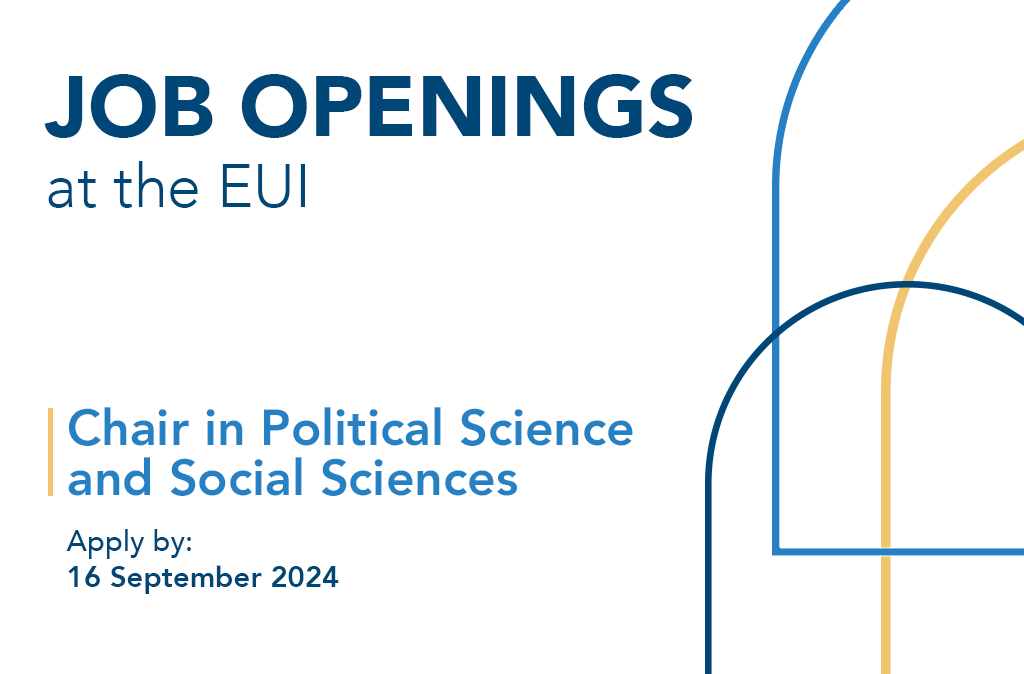
Jonne Kamphorst
@jonnekamphorst
Politics @EuropeanUni and @pascl_stanford | Postdoc | working on persuasion, re-engagement and voting | 🇳🇱🏳️🌈 | Amaro enthousiast
ID: 2490029959
http://jonnekamphorst.com 11-05-2014 15:20:41
733 Tweet
1,1K Followers
1,1K Following

.Political and Social Sciences at EUI is appointing a Chair in Political Science and Social Sciences. Candidates should have an interest in comparative #research in political science, with a focus on #European societies 🌍 and politics. 📌 Apply now: loom.ly/r3Y8XwE #EUIJobs




I'm happy to see that my paper on the sources of social status was published EJPR journal while I was on vacation 🏖️ Using a conjoint design, fielded in 🇨🇭, I show that economic and cultural sources shape social status. 1/4





